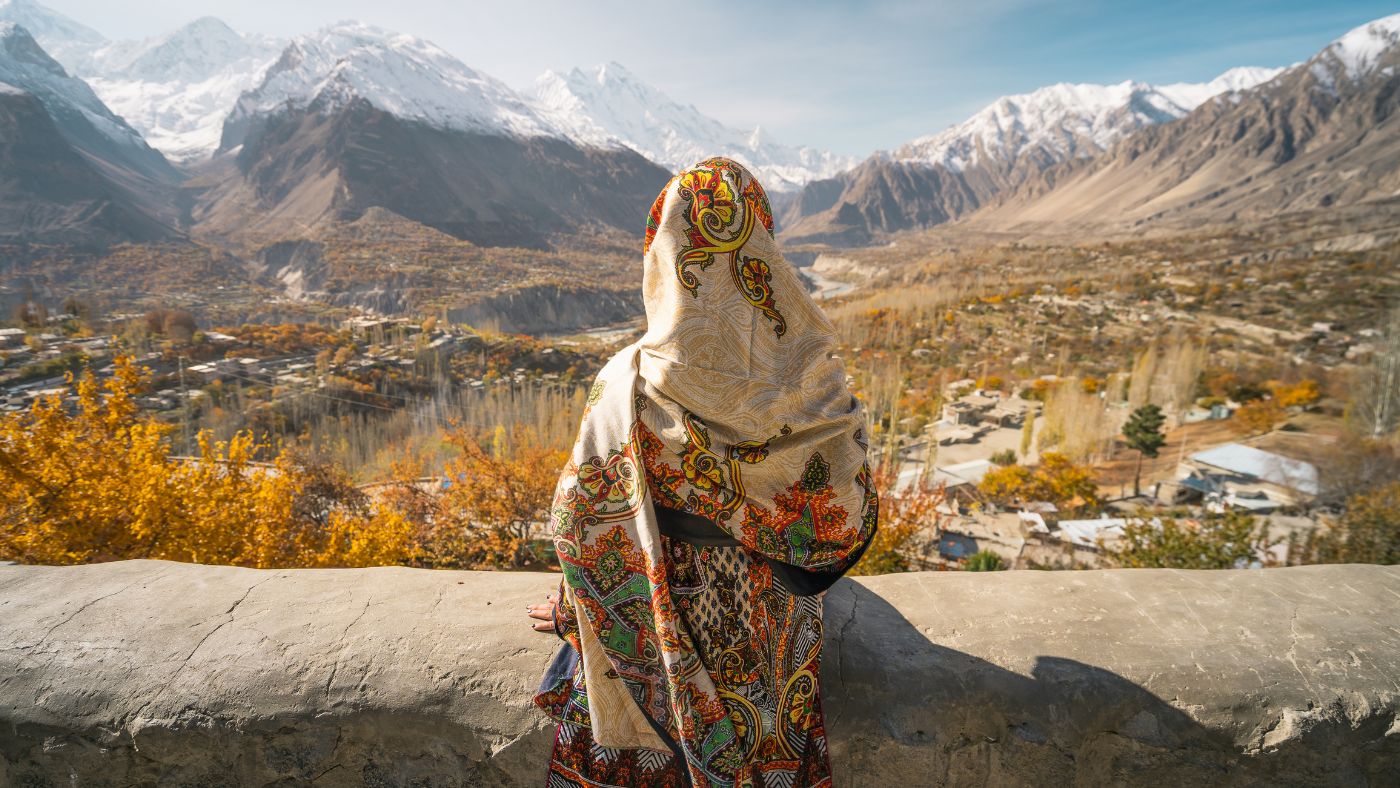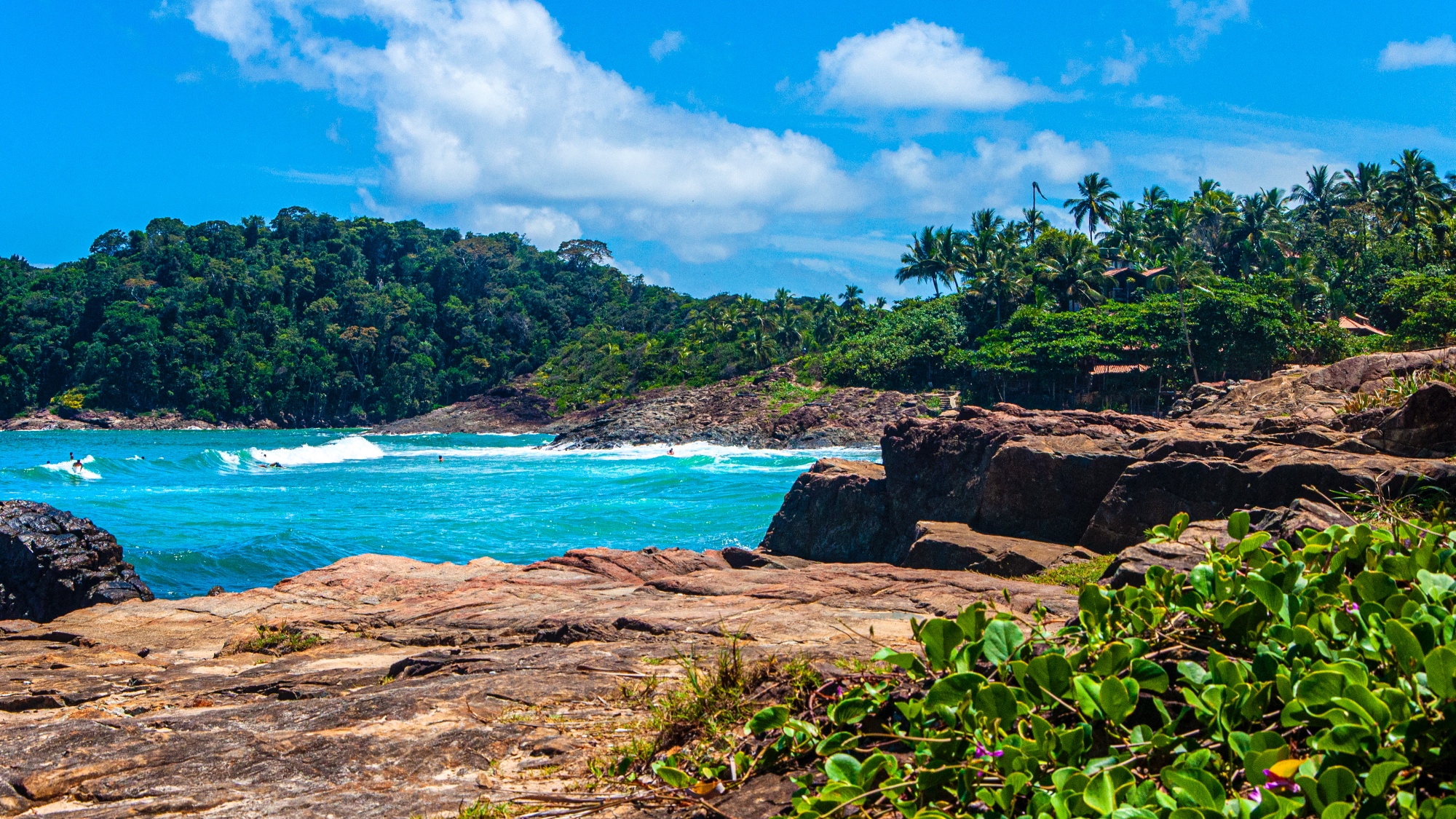Trip of the week: a road trip through Pakistan’s high peaks
The spectacular region of Gilgit-Baltistan is home to snow leopards, ‘crumbling palaces’ and ancient mosques

Located at the western end of the Himalayas and the northern tip of Pakistan, the region of Gilgit-Baltistan is one of the world’s most impenetrable natural citadels. It also has “an extraordinarily rich cultural landscape”, says Sam Dalrymple in Condé Nast Traveller, having often resisted conquest by neighbouring empires, while absorbing their influence over the millennia along with the other benefits of Silk Road trade. Known to ancient Chinese geographers as the Tibet of the Apricots, it is a spectacular land of snow leopards and brown bears, of “crumbling palaces” and ancient mosques. It has often been closed to outsiders in recent decades owing to the conflict over Kashmir – into which it had been loosely integrated in the 19th century – but it is now open to visitors once more.
Many locals claim that the liberal Muslim society of this region inspired the lost city of Shangri-La in James Hilton’s popular 1933 novel Lost Horizon. The district of Hunza, for instance, is the most literate in Pakistan, with a relatively high level of women’s empowerment. Indeed, an all-female team of carpenters and designers helped restore the Serena Altit Fort Residence, a 1,000-year-old building that is one of three beautiful palace hotels that belong to the Serena group in Gilgit-Baltistan. It overlooks the medieval walled city of Karimabad, Hunza’s capital, in a bucolic valley “where the crisp air is scented with jasmine blossom”, and most new houses are still built in the traditional, timber-framed style.
Driving southwards past the city of Gilgit, you descend into the Indus Gorge, and the verdant valleys give way to an “arid moonscape”. To the east lies Baltistan, a rugged region where an archaic dialect of Tibetan is spoken and yak meat is widely served. It is here that Serena’s other two palace hotels are to be found, in Khaplu and Shigar, not far from K2, the world’s second-highest peak.
The Week
Escape your echo chamber. Get the facts behind the news, plus analysis from multiple perspectives.

Sign up for The Week's Free Newsletters
From our morning news briefing to a weekly Good News Newsletter, get the best of The Week delivered directly to your inbox.
From our morning news briefing to a weekly Good News Newsletter, get the best of The Week delivered directly to your inbox.
Wild Frontiers offers private trips from £2,895pp; wildfrontierstravel.com
Sign up for the Travel newsletter for destination inspiration and the latest news and trends
A free daily email with the biggest news stories of the day – and the best features from TheWeek.com
-
 The best food books of 2025
The best food books of 2025The Week Recommends From mouthwatering recipes to insightful essays, these colourful books will both inspire and entertain
-
 Art that made the news in 2025
Art that made the news in 2025The Explainer From a short-lived Banksy mural to an Egyptian statue dating back three millennia
-
 Nine best TV shows of the year
Nine best TV shows of the yearThe Week Recommends From Adolescence to Amandaland
-
 Winter holidays in the snow and sun
Winter holidays in the snow and sunThe Week Recommends Escape the dark, cold days with the perfect getaway
-
 The best homes of the year
The best homes of the yearFeature Featuring a former helicopter engine repair workshop in Washington, D.C. and high-rise living in San Francisco
-
 Critics’ choice: The year’s top 10 movies
Critics’ choice: The year’s top 10 moviesFeature ‘One Battle After Another’ and ‘It Was Just an Accident’ stand out
-
 A luxury walking tour in Western Australia
A luxury walking tour in Western AustraliaThe Week Recommends Walk through an ‘ancient forest’ and listen to the ‘gentle hushing’ of the upper canopy
-
 Joanna Trollope: novelist who had a No. 1 bestseller with The Rector’s Wife
Joanna Trollope: novelist who had a No. 1 bestseller with The Rector’s WifeIn the Spotlight Trollope found fame with intelligent novels about the dramas and dilemmas of modern women


